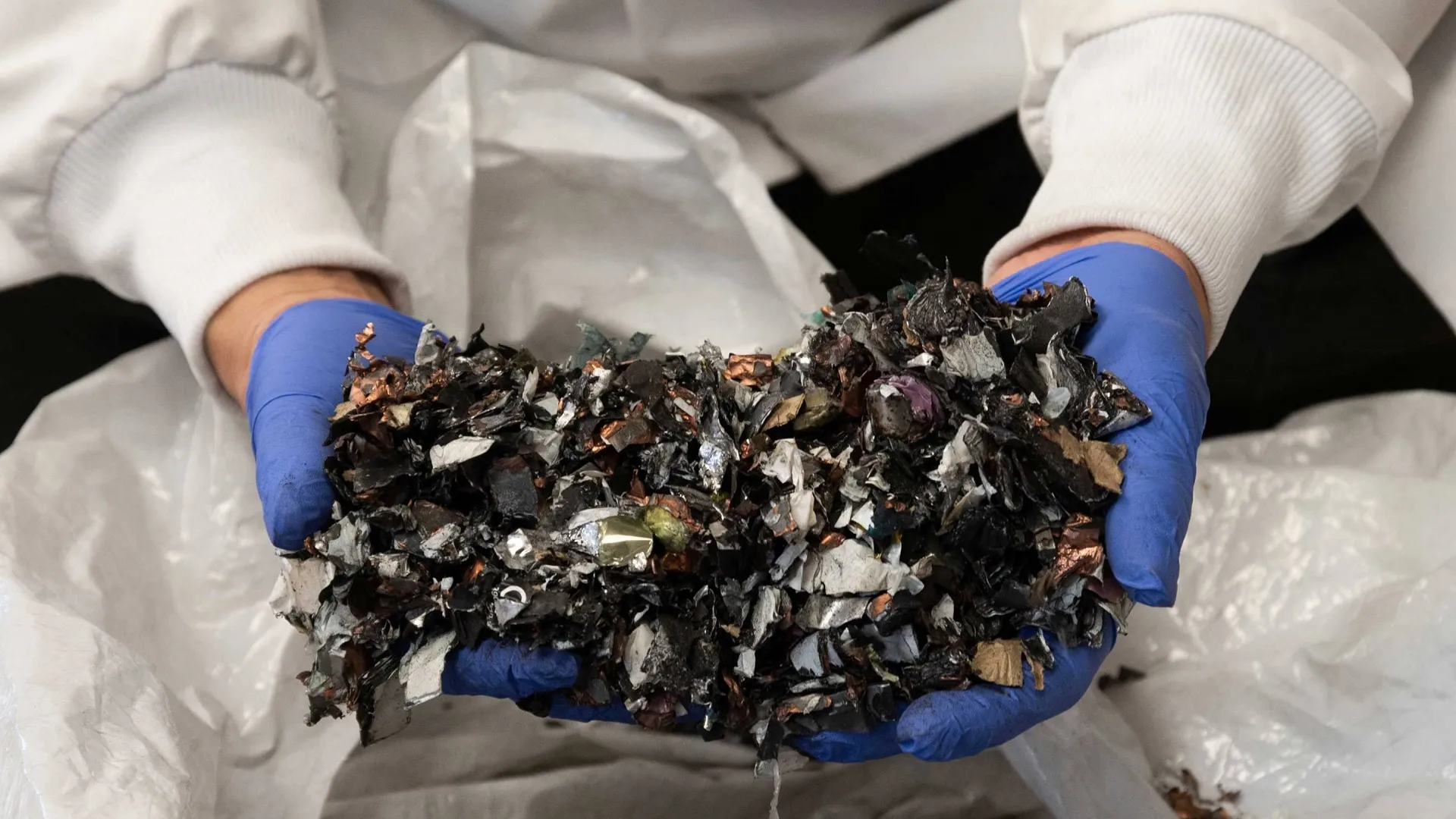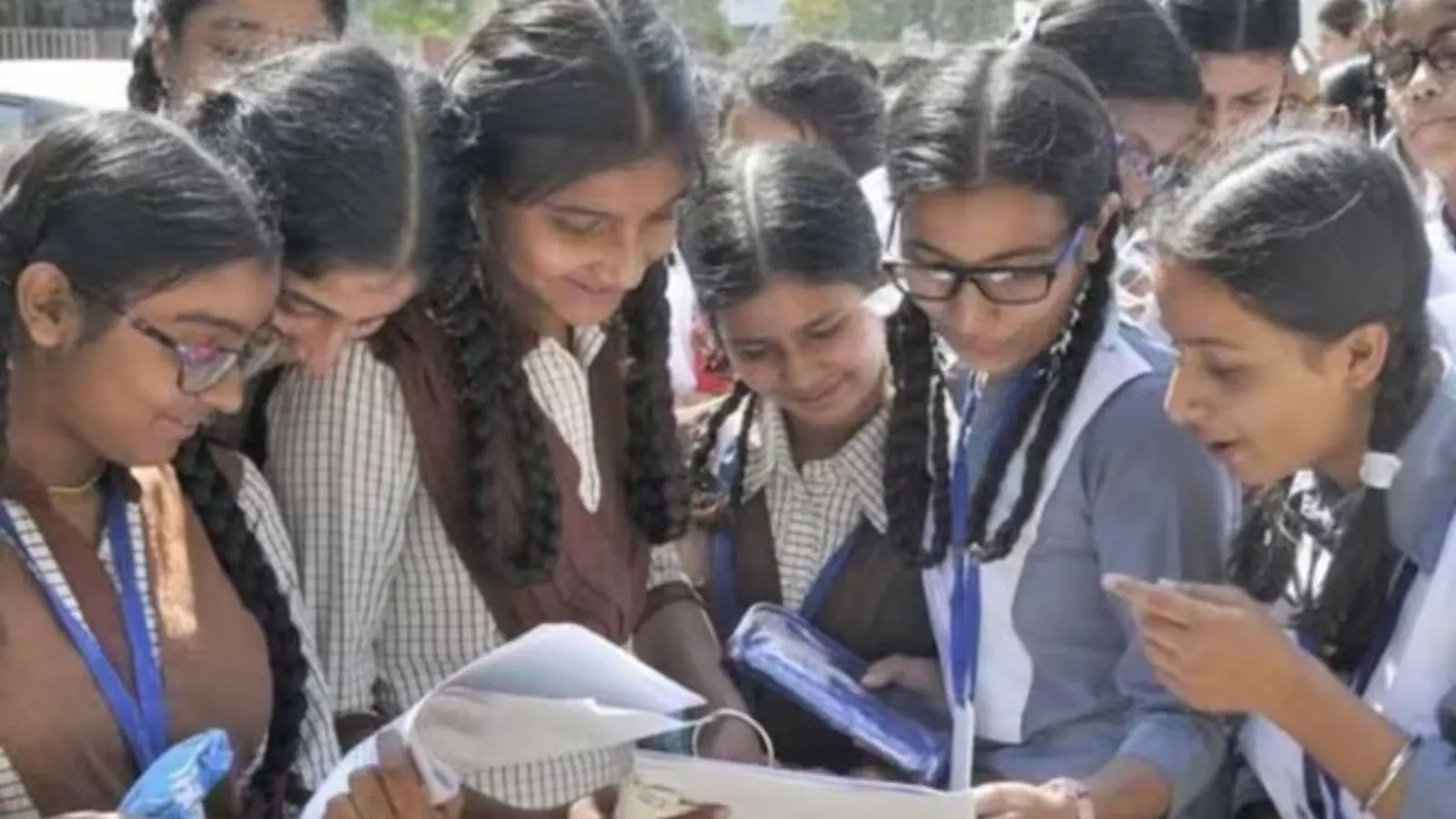Copyright Interesting Engineering

Researchers in South Korea have developed a new eco-friendly recycling process that recovers more than 95 percent of nickel and cobalt from old EV batteries with almost perfect purity. The novel recycling technique was developed by scientists at the Ulsan National Institute of Science and Technology (UNIST). The team behind the novel method believes that it could reshape the global lithium-ion (Li-ion) battery industry. In contrast to conventional wet recycling processes, the technology relies on a selective electrochemical separation that utilizes a multifunctional special solvent. It also eliminates complex chemical treatments and reduces the production of harmful wastewater. “By overcoming the long-standing trade-off between purity and recovery rate in electrochemical separation, our method offers a sustainable and cost-effective solution,” Kwiyong Kim, PhD, a professor at the institute’s Department of Civil, Urban and Earth Environmental Engineering, explained. Redefining battery recycling Often referred to as “urban mines” due to their abundance of critical metals such as nickel (Ni), cobalt (Co) and manganese (Mn), Li-ion waste batteries have become a pivotal focus in the global push for resource recovery. However, the presence of multiple metals presents a significant challenge to efficient separation. Traditional methods rely on strong acids, such as sulfuric acid, as well as multi-step chemical extractions to separate them. Still, these methods are costly, energy-intensive and generate large volumes of hazardous wastewater and waste. Now, to tackle the challenge, UNIST scientists turned to a special type of solvent called a deep eutectic solvent (DES). For the study, the scientists used a solvent called ethaline, which is composed of ethylene glycol and chloride ions. They found that ethylene glycol, a colorless, odorless liquid commonly used in antifreeze, selectively binds to nickel ions. Chloride ions stabilized cobalt by forming tetrachlorocobaltate complexes. The research showed that the differential coordination shifted the metals’ reduction voltages apart. This selective coordination enabled nickel to be deposited at –0.45 volts (V) and cobalt at –0.9 volts. The process established a distinct electrochemical window that allowed the two metals to be efficiently and precisely separated. A cleaner recovery path Results showed that the team maintained a stable voltage difference between the two metals, even under high-temperature conditions of 185 degrees Fahrenheit (85 degrees Celsius), where metal coordination typically changes. This resulted in a Ni-Co separation factor greater than 3,000 and more than 97 percent nickel recovery from synthetic mixtures. When applied to real-world nickel–cobalt–manganese (NCM) battery leachates, the method achieved 99.1 percent purity for nickel and 98.8 percent for cobalt, while maintaining recovery rates above 95 percent. Electrodeposition is another significant advantage of the method. In this process, in which a metal coating forms on a solid surface, chlorine naturally develops in the solvent. This further refines the nickel without the need for additional treatment steps. The chlorine-containing solution can be safely neutralized and reused, reducing both environmental impact and operational costs. “It minimizes chemical use and wastewater, contributing to a more sustainable battery recycling ecosystem,” Kim revealed in a press release. The research was supported by the Ministry of Education, the National Research Foundation of Korea and UNIST. The study has been published in the journal Energy Storage Materials.



